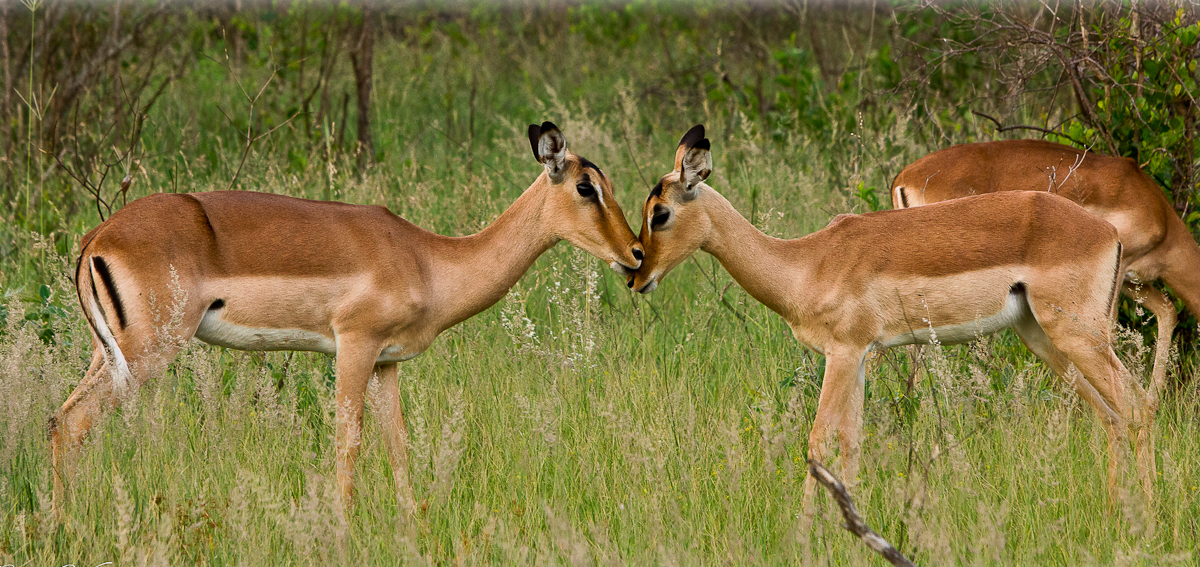faster. higher. stronger.
on Aug 13, 2012Once every 4 years, the cream of the world’s sports men and women gather together to take part in the oldest and most prestigious competition in the world. Since 776BC, the Olympic Games have pitted the greatest human specimens against each other in a multitude of events designed to showcase their raw talents. Perhaps the most esteemed branch of these sporting disciplines is the athletics. Most sports involve a cacophony of skills that come together in harmony to produce their required art form, but athletics is different. Since a child, I have always enjoyed this, the purest form of what the human body is capable of. The merging of muscular perfection and sheer desire to push oneself to the edge of the envelope and beyond, is the very epitome of what the ancients used to call gladiators.
Through millions of years of evolution, the animal kingdom has developed multiple champions in a variety of disciplines. Their genetics and limited cognitive power (when compared to human beings) has forced each and every species to become a champion in its own right based purely on its physical prowess. Survival of the fittest dictates that those inferior species simply do not make it. Perhaps one of the greatest, yet overlooked heroes in the African bush is the humble impala.
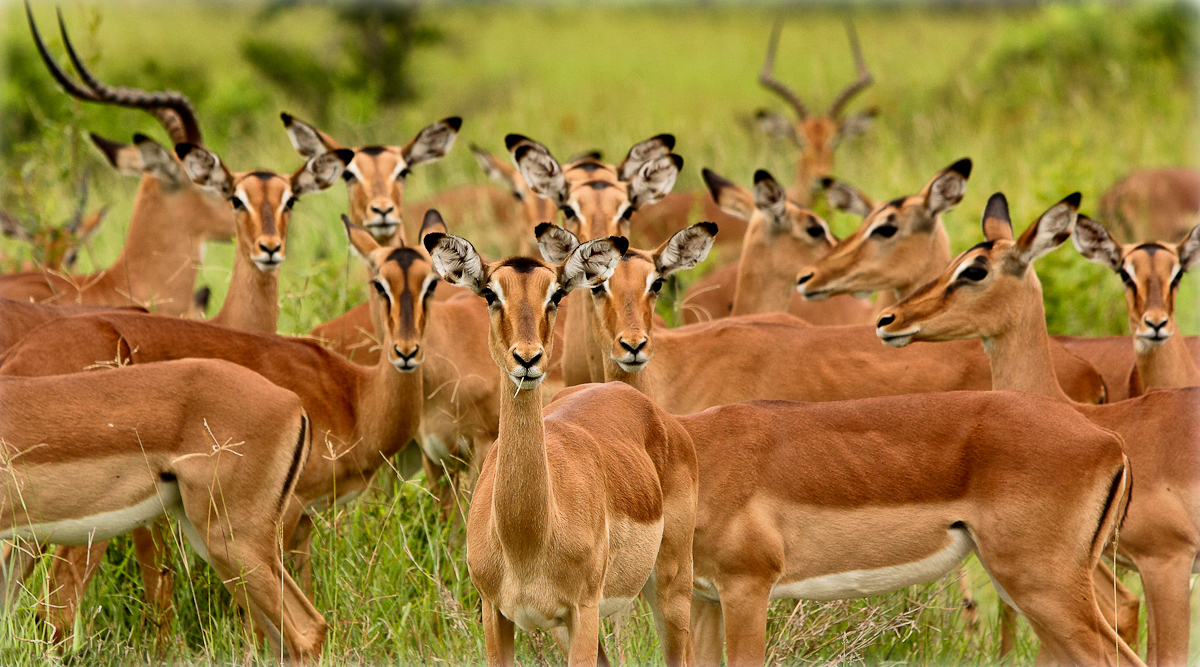
Whilst not exactly what we consider one of the marquis animals, the impala is one of the most successful organisms to grace Sabi Sabi. An expert in many events, the lowly impala’s slight build veils the fact that it is one of fastest animals on the planet (reaching speeds in excess of 80km/h) and possesses an almost unparalled jumping ability. These skills have cemented the impala’s place as the most common antelope seen and therefore, unfortunately for them, the main source of protein for the majority of carnivores that also reside within our boundaries.
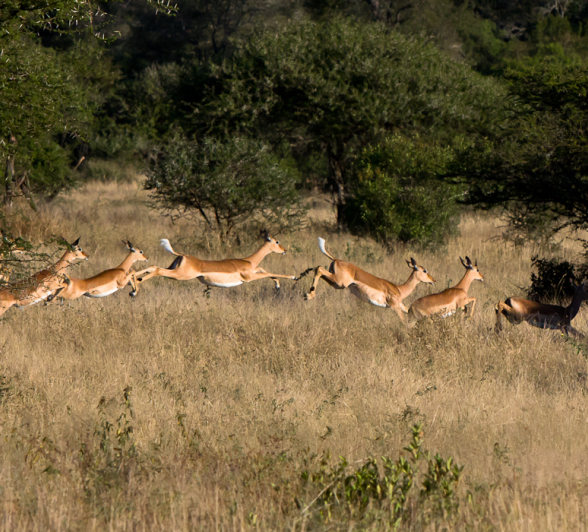
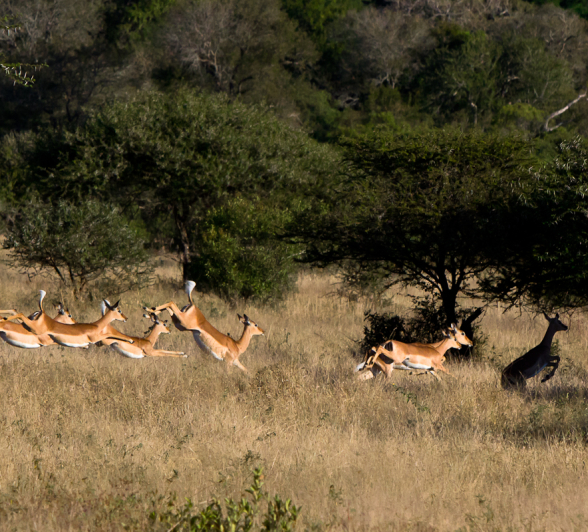
This latter point has no doubt been influential in honing the powerful muscles in the impala’s legs: the source of its incredible elasticity. From a standing start the impala is capable of leaping over 3 meters in the air and is able to launch itself an incredible distance of up to 10 meters whilst in full flight. These adaptations have enabled the impala to flee from danger at a moment’s notice. Their eyes, being positioned on the sides of there head give them almost 300° field of vision and thus give them a reaction time that would rival any Olympic sprinter. They are perfectly equated to the longer distance runners as opposed to the muscular physique sported by the sprinters, or in this case, the cats, and their lightweight assembly also gives them increased endurance to aid evasion.
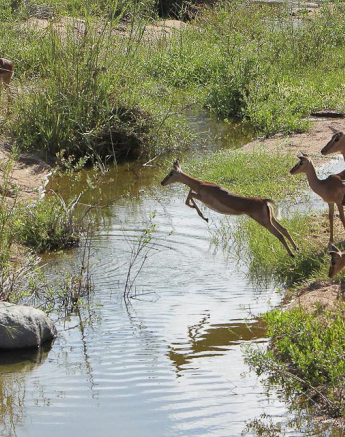
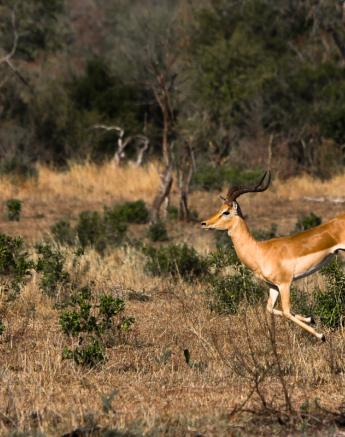
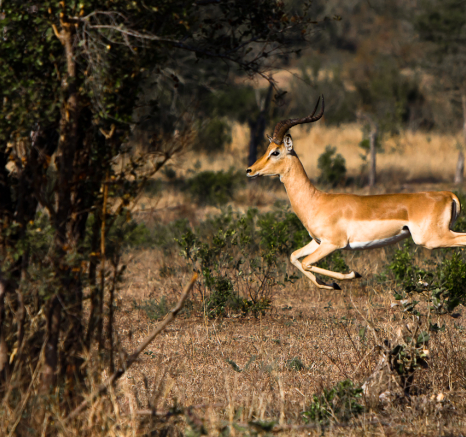
Impala often employ a tactic known as ‘stotting’ whereby they leap into the air, kicking their back legs straight out behind them. Perhaps this is designed to merely show off their suppleness to the predator but we don’t know for sure. Science is just ‘best guess’ after all! Not only does this leaping ability give them the agility to elude their pursuers, but they also employ a chemical warfare designed to confuse their attackers. The meta-tarsal glands on the hind legs of the impala are unique to them and whilst no definitive explanation for their inclusion exists, the most accepted theory is that they release a pheromone that may either confound the predator or allow the herd structure to stay intact during the ensuing chaos. These glands are reflected in the impala’s scientific name, Aepyceros melampus, the species name coming from the Greek literally translated as ‘black foot’.
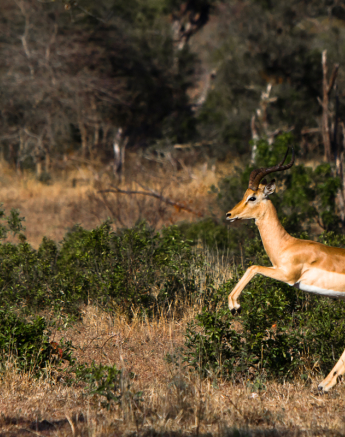
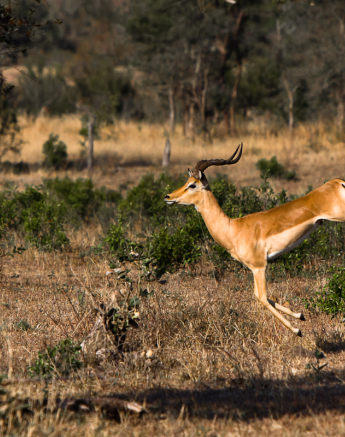
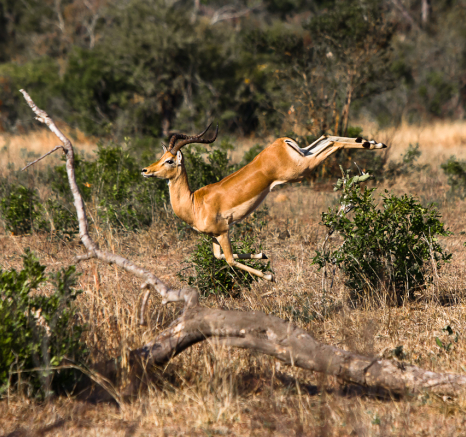
Whilst the impala may never achieve greatness in the animal Olympics, it could certainly feature heavily in the speed, hurdling and jumping events. A jack of all trades then but as a prime food source, their skills have needed to be honed, and honed they have been. Their remarkable adaptations are mirrored in their remarkable success as a species. They epitomize the Olympic motto “Citius, Altius, Fortius”, a Latin expression meaning ‘Faster, Higher, Stronger’. Commonplace they may be, but so is carbon, and carbon is the essential building block of all life. Without impalas, the predators could not thrive and the biodiversity of the area would be compromised. Carbon may be the most abundant element on Earth but that does not mean it should be overlooked. After all, with a slight manipulation or rearrangement of its molecules, a diamond is created.
